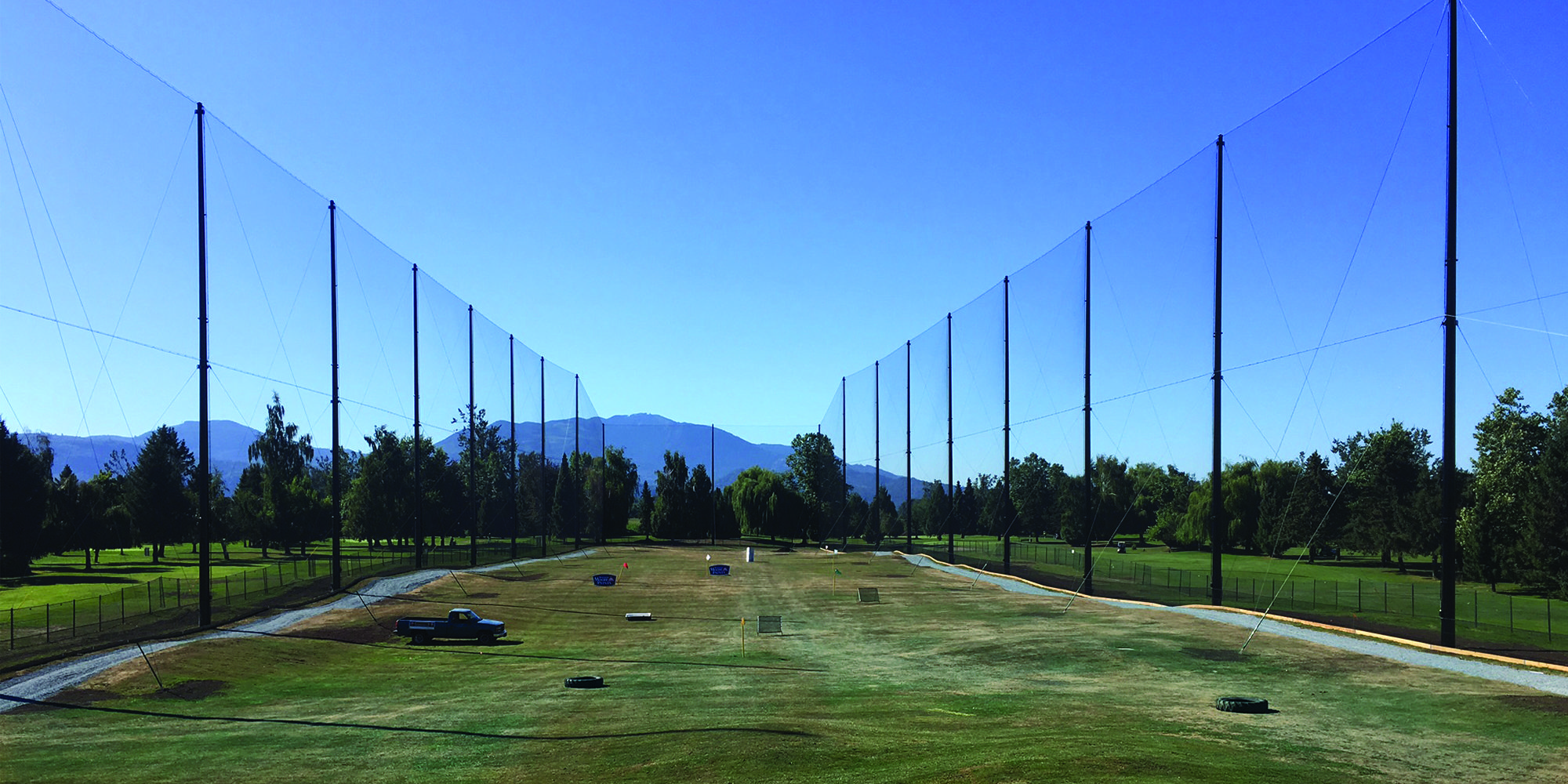Netex Nets Are Built Strong To Last Long
Six generations of net-builders taught us to do things right
Six generations of commercial fishing taught us a thing or two about making and hanging nets. We know that the strength of a net is a combination of factors. It’s about the materials you use, and it’s also about the way you construct and install the nets.
We build our premium sports netting from the world’s strongest fibre
Our premium netting is made from the world’s strongest fibre, Dyneema®. We use it to create the most durable, UV-stable, moisture-resistant, lightweight netting in the world. The ultra-high molecular weight polyethylene (HMPE) is up to 15x stronger than steel by weight.
Dyneema is used to make ropes for mooring deepwater oil rigs, bulletproof vests, and medical thread.
To ensure quality, we only use yarn from DSM, the original developer of Dyneema – DSM yarn offers an abrasion life four times longer than generic HMPE. And for overall integrity, we use Dyneema yarn throughout our premium netting: 12-strand Dyneema for the perimeter ropes, and a braided Dyneema twine to attach the rope border to the netting.
The yarns for our Dyneema net projects are solution-dyed to prevent fading, and we also add sport-specific treatments, like urethane bonding, to make our baseball netting more abrasion-resistant. All of our Dyneema netting has a 15-year limited warranty against UV degradation and a 2-year workmanship warranty.
Our near-invisible nets give you near-perfect views
The design, strength and weight of our Dyneema sports netting systems mean that we can give you wider spans of near-invisible barrier and backstop netting with near-perfect views.
Netex’s #15 Dyneema backstop net can stop a ball travelling 104 miles per hour and is almost invisible from the stands.
Wider spans not only offer a better spectator experience, they also require fewer poles, which lowers your installation costs. (Give us a call, we’ll show you how!). Our #6 Dyneema golf barrier nets are strong enough to deflect balls and stand up to the weather, but light enough to span up to 82 feet (25m) between poles.
Our cutting-edge nets are built with old-school craftsmanship
At Netex, we take a little more time building our nets, so that you get a lot more for your money. Our net-building team has more than 120 years combined fabrication experience and it shows. For example, we hand-tie our nets to their perimeter rope border every six inches on centre, even though it would be cheaper and faster to weave the ropes loosely through the mesh like other companies. We know from years of commercial fishing experience that unfixed perimeter ropes rub against the netting, accelerating wear, and eventually breaking it down.
To make nets the way we do, requires skilled net-builders with considerable experience.”
Unlike most of the sports netting industry, we don’t use mesh count to determine the length of our nets, because the size of the mesh can fluctuate due to tension on the net-making machinery and the humidity in the air at the time of manufacture.
Instead, we use mesh percentage to construct our nets. It takes a skilled net person with considerable experience to make a net this way – but we think the results are worth it. It means that Netex net mesh will always look virtually invisible, with no pleating or tight spots.
We build with integrity at every stage
Even our suppliers have to meet Netex’s high standards – we only buy our netting from companies with newer, high-quality machinery, so that the netting they weave for us stays tight and firm. Loose weave in a net means substantial stretch in the fibre and bagging of the web. Much like a sail on a boat, that can increase the wind load and stress on your structure.
If the increased wind load has not been factored into your structure’s engineering, structural failure can result. It’s why we not only fabricate our nets with care and precision, we also use wind tunnel testing to ensure that our wind-load numbers are correct. In our view, certified numbers are the only acceptable numbers on which to design a sports structure.
